Low-Fat Cheeses That Actually Taste Good – and Boost Your Protein Intake
When it comes to maintaining a healthy lifestyle, incorporating low-fat cheeses into your diet can be a delicious and nutritious choice. These cheeses offer a guilt-free way to enjoy the creamy, rich flavors that cheese lovers crave, without the added saturated fats. As more people become health-conscious, the demand for flavorful yet healthy options has grown, leading to an expanded variety of low-fat cheeses available in the market today.

Understanding low-fat cheeses is essential for making informed dietary choices. These cheeses are typically made from milk that has had most of its fat content removed. Despite this reduction, they retain a significant portion of their original flavor, making them a perfect substitute for traditional cheeses. They are especially popular among those who wish to indulge in their love for cheese while adhering to a low-fat diet, often pairing them with nutrition supplements to support overall health and wellness.
If you're exploring ways to enhance your meals without compromising on taste, low-fat cheeses are a fantastic option. They provide the same creamy texture that cheese enthusiasts adore, along with the added benefit of being lower in calories. In this article, we delve into the health benefits, types, protein content, and more, to help you navigate the world of low-fat cheeses with ease.
Health Benefits of Low-Fat Cheeses
Low-fat cheeses are not only delectable but also come with a range of health benefits. One of the primary advantages is their ability to support weight management. By choosing low-fat over regular cheese, you significantly cut down on your intake of saturated fats, which are linked to increased cholesterol levels and heart disease. In some wellness plans, including those supporting infertility treatment, maintaining a balanced diet with healthier cheese options can be an important factor in overall reproductive health.
Moreover, low-fat cheeses are an excellent source of calcium, a mineral crucial for maintaining strong bones and teeth. They also contain essential nutrients like vitamin D, phosphorus, and B vitamins. These nutrients collectively contribute to better bone health, reduced risk of osteoporosis, and improved overall well-being.
Another health benefit of low-fat cheeses is their high protein content. Protein is vital for muscle repair and growth, making these cheeses a perfect addition to your post-workout meal. . They can also be a valuable dietary component for individuals undergoing physical therapy, as adequate protein supports muscle recovery and strength building. The combination of low fat and high protein can help you stay full longer, reducing unnecessary snacking and aiding in weight management. By choosing low-fat cheeses, you are not only indulging in great taste but also nourishing your body with essential nutrients.
Types of Low-Fat Cheeses and Their Flavor Profiles
The world of low-fat cheeses is diverse, offering a variety of flavors to suit different palates. Here are some popular types of low-fat cheeses and their unique flavor profiles:

-
Cottage Cheese: Known for its mild flavor and creamy texture, cottage cheese is a versatile option. It works well in both savory and sweet dishes, from salads to smoothies.
-
Ricotta Cheese: With a slightly sweet taste and soft texture, ricotta is perfect for desserts, pasta, and spreads. Its low-fat version is equally rich in flavor but lighter in calories.
-
Feta Cheese: This crumbly cheese offers a tangy and salty taste, making it a favorite in Mediterranean dishes. The reduced-fat version retains its robust flavor without the extra fat. Pairing it with nutrient-rich foods or supplements like Magnesium Glycinate can further support overall wellness and balanced nutrition.
-
Mozzarella Cheese: Known for its stretchy texture, mozzarella is a staple in pizzas and sandwiches. The low-fat version melts just as beautifully, ensuring your dishes remain delightful.
-
Swiss Cheese: Characterized by its nutty and mild taste, Swiss cheese is a great addition to sandwiches and fondue. The low-fat variant offers the same distinct flavor with fewer calories.
Each of these cheeses brings a unique taste and texture to your meals, proving that you don’t have to compromise on flavor when choosing healthier options.
Low-Fat Cheeses Rich in Protein
For those looking to boost their protein intake, low-fat cheeses are an excellent choice. They offer a substantial amount of protein per serving, making them ideal for muscle building and repair. Let’s take a closer look at some protein-rich low-fat cheeses:
-
Cottage Cheese: With approximately 25 grams of protein per cup, cottage cheese is a powerhouse of nutrition. It’s perfect for breakfast bowls or as a post-exercise snack.
-
Part-Skim Ricotta: This cheese provides about 14 grams of protein per cup, making it a delicious way to enhance the protein content of your meals.
-
Low-Fat Mozzarella: Containing around 7-9 grams of protein per serving, low-fat mozzarella is a versatile option for adding protein to various dishes.
-
Reduced-Fat Cheddar: Offering about 7 grams of protein per ounce, reduced-fat cheddar is a flavorful way to increase your protein intake while enjoying your favorite cheese.
Incorporating these high-protein, low-fat cheeses into your diet can help you meet your daily protein needs while keeping your meals tasty and satisfying.
How to Incorporate Low-Fat Cheeses into Your Diet

Introducing low-fat cheeses into your diet can be both enjoyable and beneficial. Here are some creative ways to make them a staple in your meals:
-
Breakfast Boost: Add a dollop of cottage cheese or ricotta to your morning oatmeal or yogurt for a creamy texture and additional protein.
-
Salad Enhancer: Top your salads with crumbled feta or shredded mozzarella to elevate their flavor and nutritional value.
-
Smoothie Ingredient: Blend cottage cheese into your smoothies for a creamy consistency and extra protein, without altering the taste.
-
Pizza and Pasta Companion: Use low-fat mozzarella or ricotta in your homemade pizzas and pasta dishes to enjoy the cheesy goodness with fewer calories.
-
Snack Time: Pair Swiss cheese slices with whole-grain crackers or apple slices for a satisfying and nutritious snack.
By incorporating low-fat cheeses into various meals, you can enjoy a diverse range of flavors and textures while maintaining a balanced diet.
Delicious Recipes Featuring Low-Fat Cheeses
Explore the culinary possibilities of low-fat cheeses with these delectable recipes:
1. Cottage Cheese Pancakes
Ingredients:
- 1 cup low-fat cottage cheese
- 2 eggs
- 1/2 cup whole wheat flour
- 1/4 tsp baking powder
- 1 tbsp honey
- 1/2 tsp vanilla extract
Instructions:
- In a mixing bowl, combine cottage cheese, eggs, and vanilla extract.
- Add in flour and baking powder, mixing until smooth.
- Heat a non-stick skillet over medium heat. Pour 1/4 cup batter onto the skillet for each pancake.
- Cook until bubbles form on the surface, then flip and cook until golden brown.
- Serve with fresh fruit or maple syrup.
2. Spinach and Ricotta Stuffed Shells
Ingredients:
- 12 large pasta shells
- 1 cup part-skim ricotta cheese
- 1 cup cooked spinach, chopped
- 1/2 cup grated low-fat mozzarella
- 1 jar marinara sauce
- Salt and pepper to taste
Instructions:
- Preheat oven to 375°F (190°C).
- In a bowl, mix ricotta, spinach, and half of the mozzarella. Season with salt and pepper.
- Stuff each pasta shell with the ricotta mixture and place in a baking dish.
- Pour marinara sauce over the shells and sprinkle with remaining mozzarella.
- Bake for 25 minutes until cheese is melted and bubbly.
3. Grilled Chicken and Swiss Cheese Sandwich
Ingredients:
- 2 slices whole-grain bread
- 1 grilled chicken breast
- 2 slices low-fat Swiss cheese
- 1 tbsp mustard
- Lettuce and tomato slices
Instructions:
- Spread mustard on one side of each bread slice.
- Layer grilled chicken, Swiss cheese, lettuce, and tomato between the bread slices.
- Grill the sandwich on a panini press until the cheese melts.
- Serve hot with a side salad.
These recipes demonstrate that low-fat cheeses can be the star ingredient in a variety of dishes, offering both flavor and nutrition.
Comparing Low-Fat Cheeses to Regular Cheeses

Understanding the differences between low-fat and regular cheeses can guide you in making healthier dietary choices. Here’s a comparative overview:
|
Aspect |
Low-Fat Cheeses |
Regular Cheeses |
|
Fat Content |
Reduced fat, fewer calories |
Higher fat, more calories |
|
Flavor |
Mild to moderate, depending on type |
Rich and intense |
|
Texture |
Slightly firmer or crumbly |
Creamy and smooth |
|
Nutritional Value |
High in protein, calcium, and vitamins |
Similar nutrients but with more fat |
|
Culinary Uses |
Suitable for cooking and baking |
Versatile but richer in calories |
While both types of cheese have their merits, low-fat options allow you to enjoy the essence of cheese without the excess fat. They are perfect for those who wish to maintain a balanced diet without sacrificing taste.
Tips for Choosing the Best Low-Fat Cheeses
Selecting the right low-fat cheese can enhance your culinary experience. Here are some tips to help you make the best choice:
-
Read the Labels: Check the nutritional information to ensure the cheese is truly low in fat and high in protein.
-
Flavor Preference: Choose cheeses that align with your taste preferences. If you enjoy tangy flavors, opt for feta; if you prefer something mild, try mozzarella or cottage cheese.
-
Texture Needs: Consider the texture you need for your dish. For instance, ricotta is great for creamy dishes, while Swiss offers a firmer bite.
-
Try Different Brands: Experiment with various brands as they may have slight differences in taste and texture.
-
Check for Additives: Opt for cheeses without unnecessary additives or preservatives to ensure you’re getting a healthier product.
By considering these tips, you can select low-fat cheeses that not only meet your dietary needs but also satisfy your taste buds.
Where to Buy Quality Low-Fat Cheeses
Finding quality low-fat cheeses is easier than ever with a variety of purchasing options available:
-
Grocery Stores: Most supermarkets have a dedicated section for health-conscious products, including a range of low-fat cheeses.
-
Online Retailers: Websites like Amazon and specialty food sites offer a wide selection of low-fat cheeses that can be delivered directly to your doorstep.
-
Local Farmers' Markets: Explore farmers' markets for locally produced low-fat cheeses, often made with fresh, organic ingredients.
-
Health Food Stores: Stores such as Whole Foods or Trader Joe's provide a variety of low-fat cheeses catering to health-conscious consumers.
By exploring these sources, you can easily find and purchase high-quality low-fat cheeses to enjoy in your daily meals.
Conclusion: Embracing Flavor with Low-Fat Cheeses
Incorporating low-fat cheeses into your diet offers a delicious way to enjoy the flavors you love while supporting your health goals. These cheeses provide the perfect balance of taste and nutrition, allowing you to indulge without the guilt. Whether you're looking to manage your weight, boost your protein intake, or simply explore new culinary options, low-fat cheeses are a fantastic choice.
Now that you're equipped with the knowledge of different types, health benefits, and culinary uses of low-fat cheeses, you can confidently make them a staple in your diet. Remember to explore various recipes and experiment with different flavors to keep your meals exciting and nutritious.



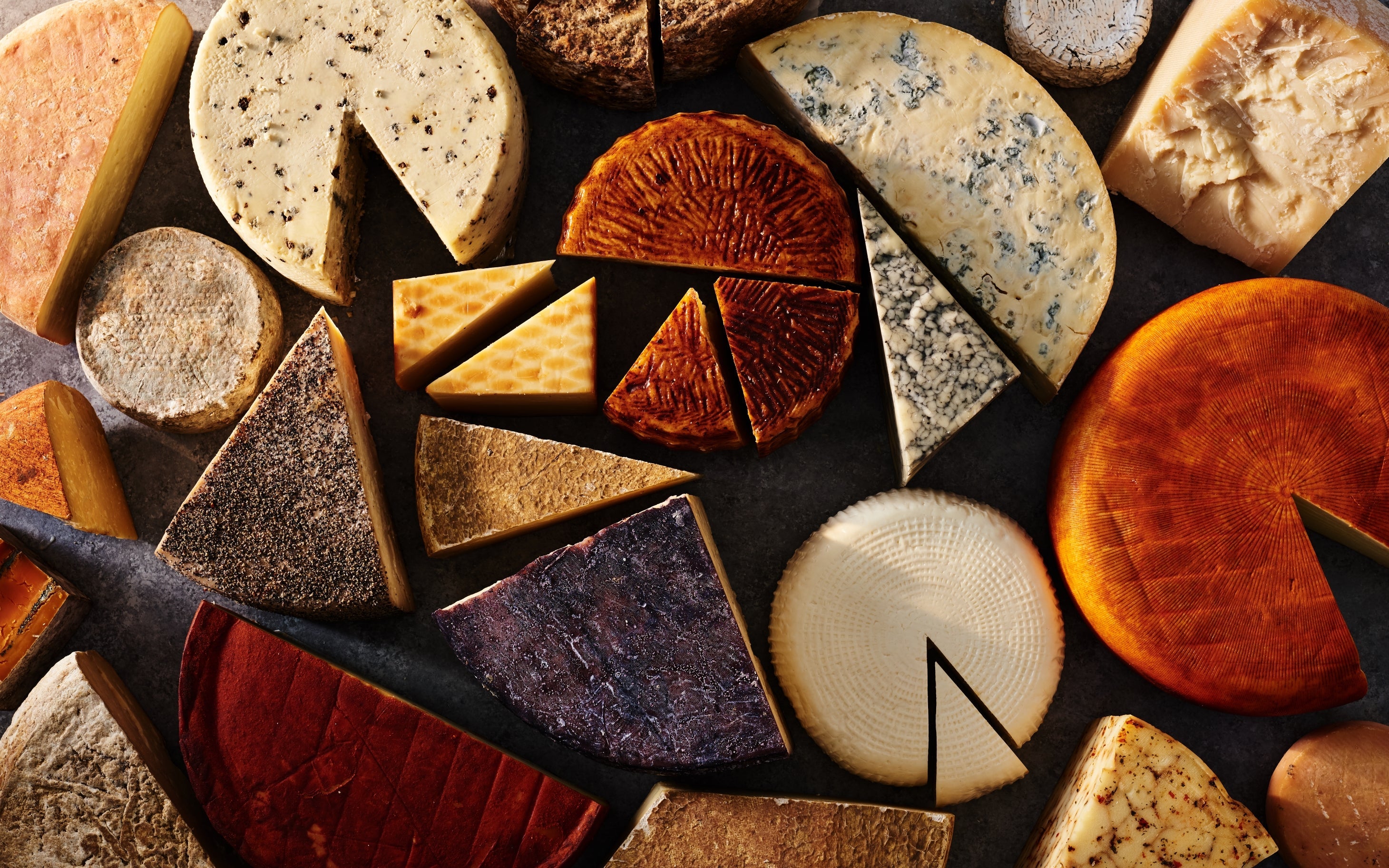
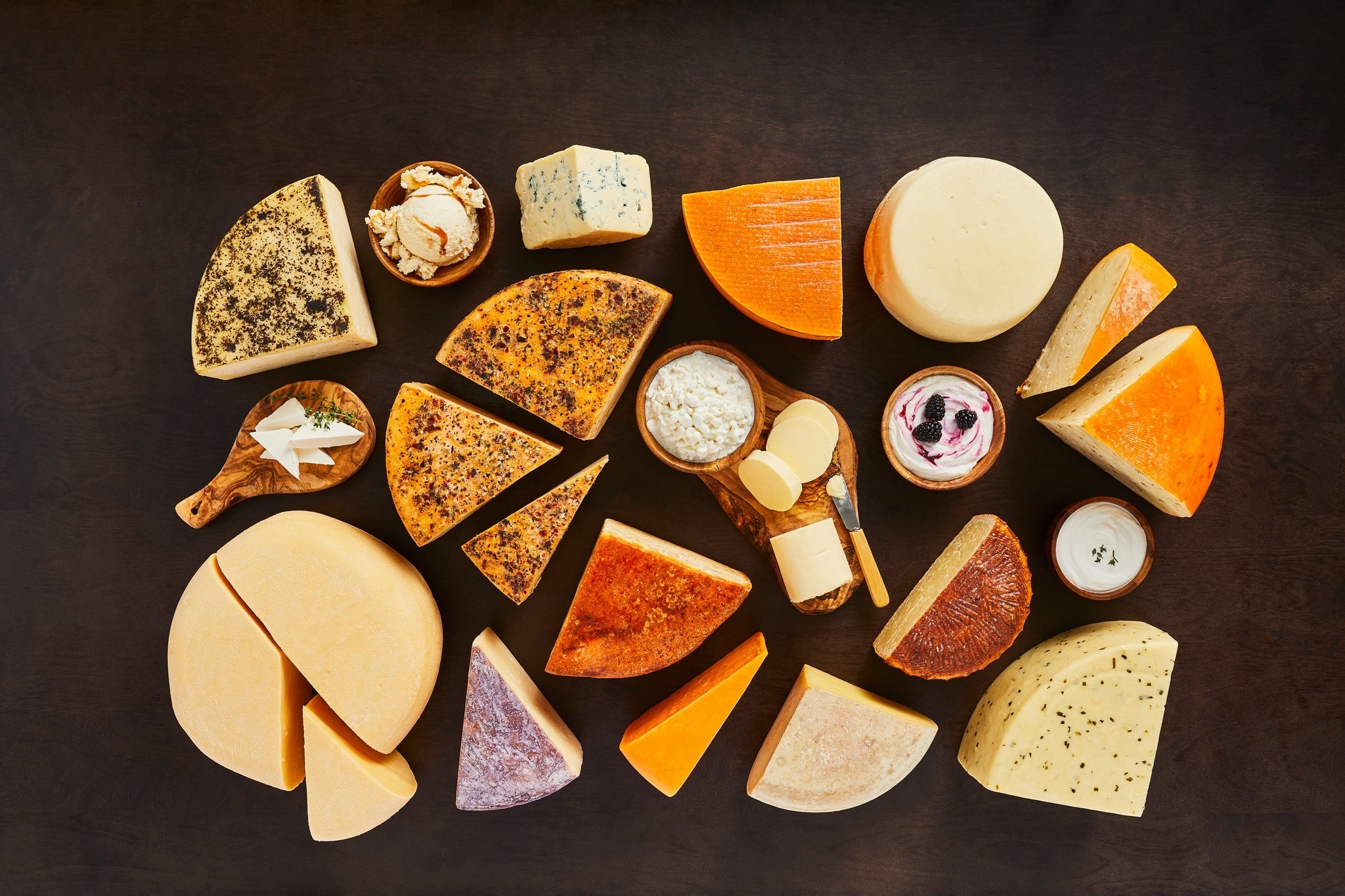
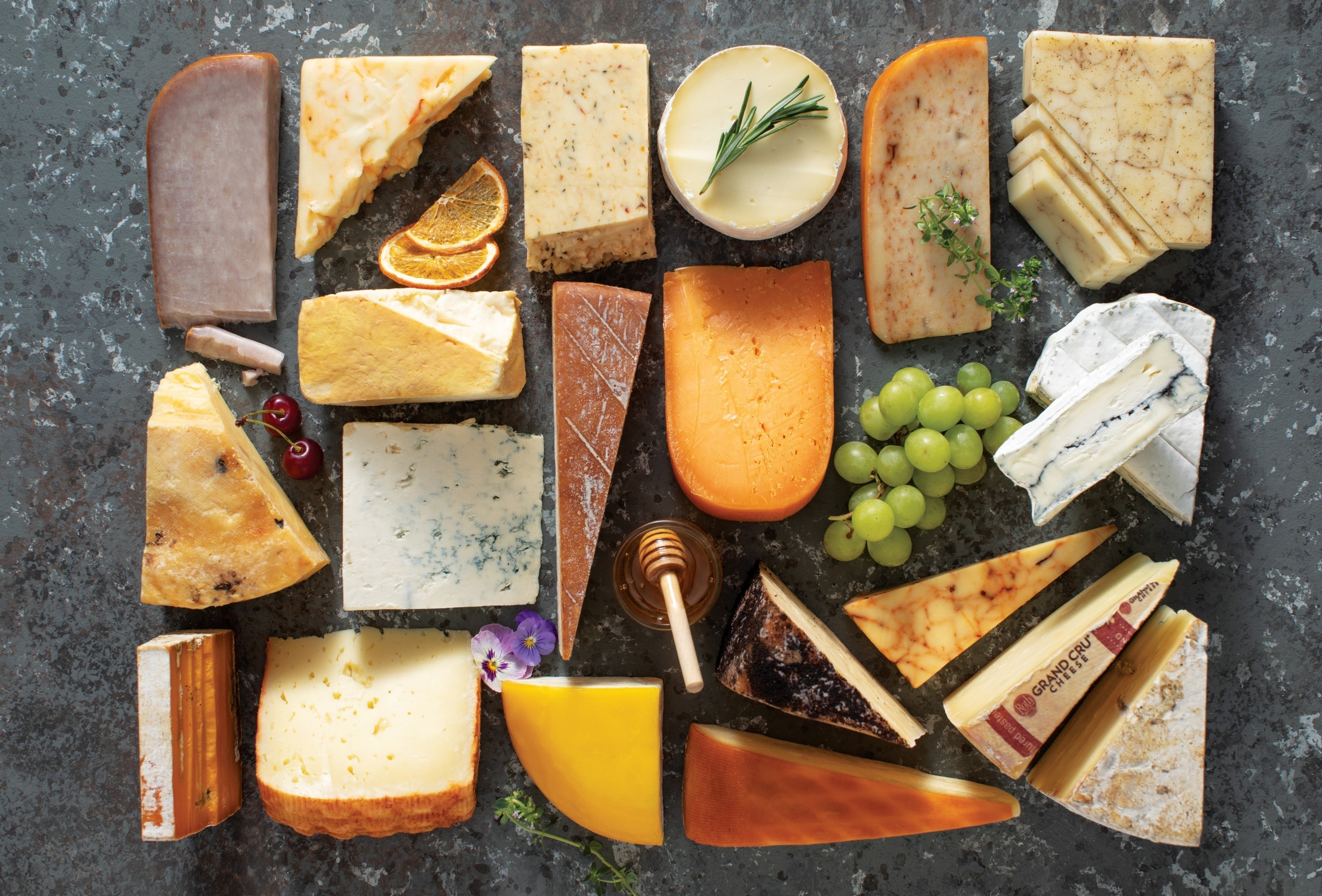
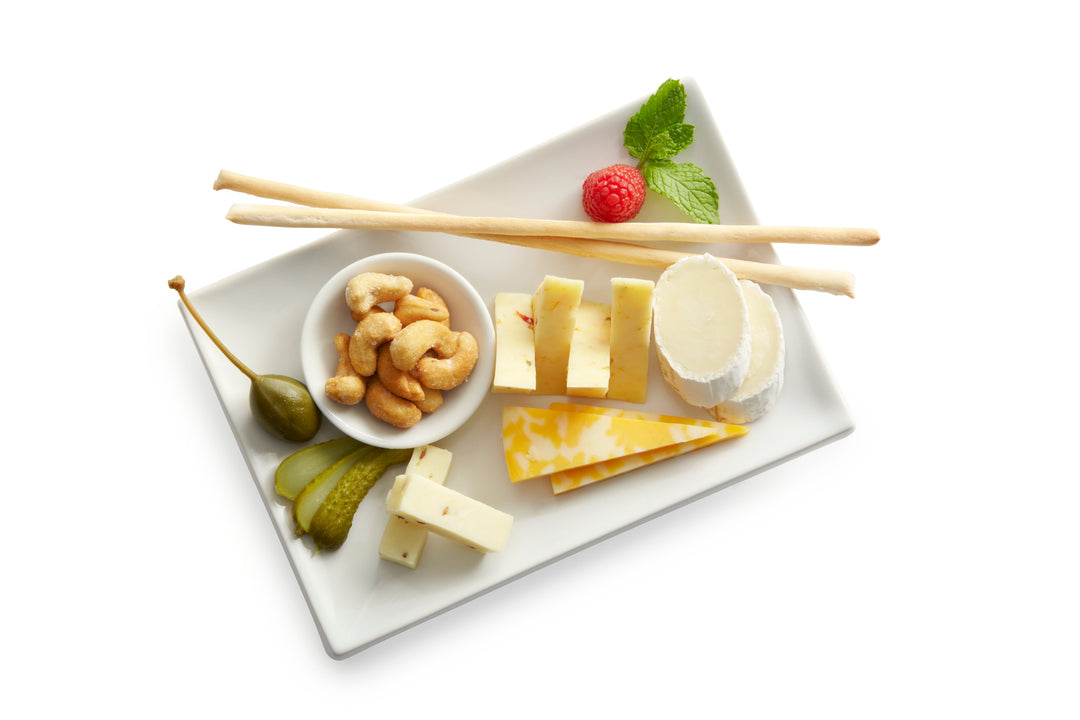
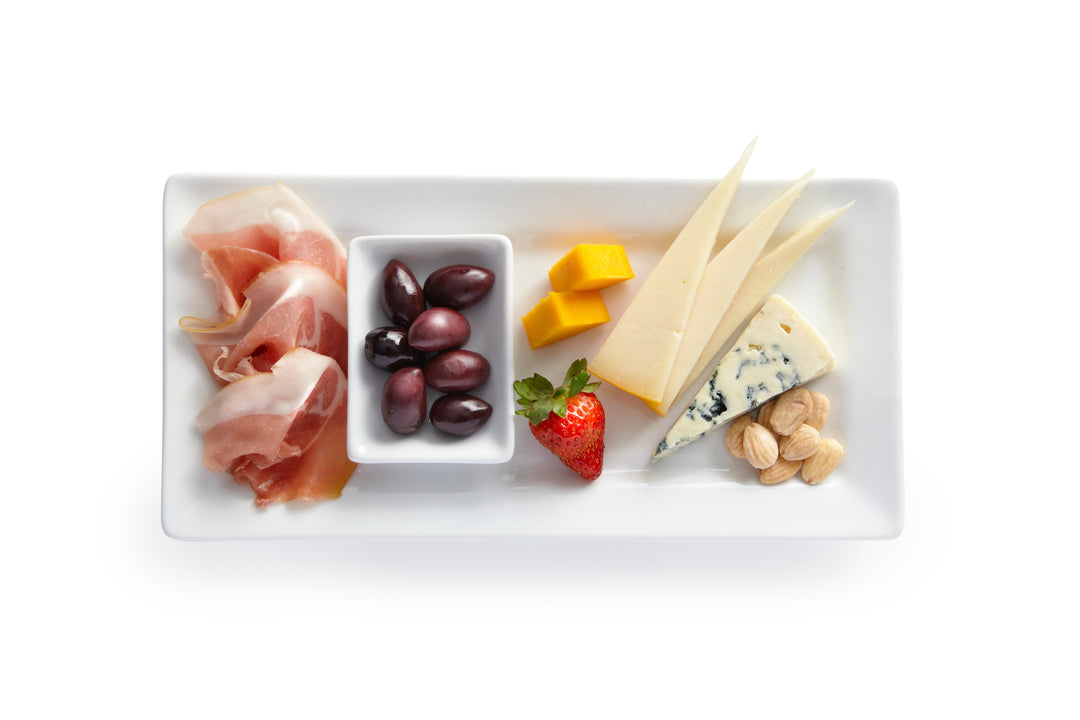
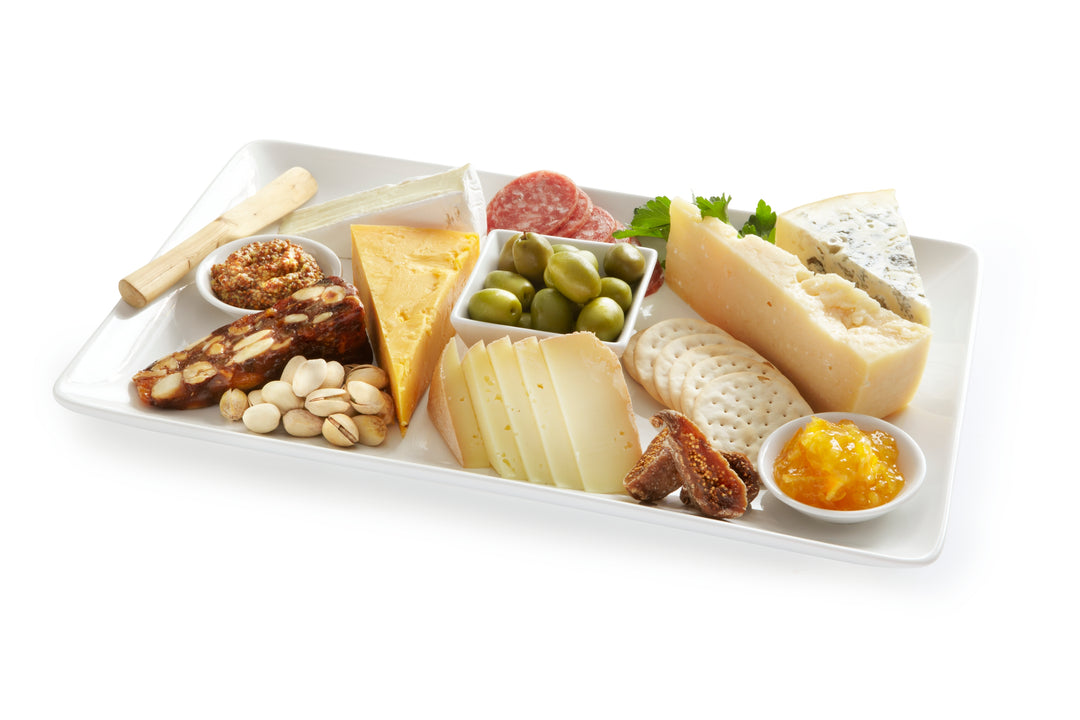
Leave a comment